Roth Heating & Air Tips: Protect Your HVAC System During a Storm
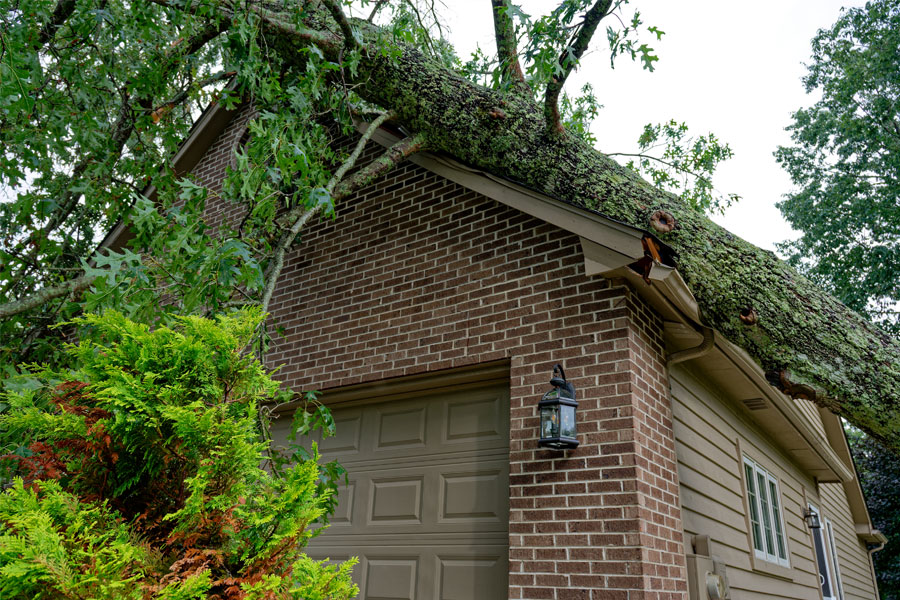
When a storm or natural disaster is on the horizon, your primary concern should always be the safety of you and your loved ones. However, safeguarding your home’s infrastructure, including your HVAC system, is also important to consider. Roth Heating & Air, a trusted name in HVAC repair in Wichita, KS, understands the stress these situations can bring and offers essential tips to help protect your HVAC system during a storm.
Understanding the Risks of Storm Damage to HVAC Systems
Storms can cause significant damage to your HVAC system. High winds may propel debris into outdoor units, causing physical harm and blockages. Heavy rains and flooding can lead to electrical failures and severe water damage, compromising your system’s functionality. Additionally, lightning strikes can result in power surges that might destroy sensitive HVAC components. Recognizing these threats is vital for taking the necessary precautions. Understanding the potential damage allows you to implement measures that can mitigate the risks, ensuring your HVAC system remains operational and efficient even in the aftermath of severe weather.
Pre-Storm Preparation: What You Need to Do Before the Storm Hits
Preparation is key when it comes to safeguarding your HVAC system from storm damage. Before the storm hits, conduct a thorough inspection of your system. Check for any loose components and ensure that your unit is securely mounted. Clear the area around your outdoor unit of any potential projectiles, such as lawn furniture, branches, or other debris that could become airborne during high winds. Consider installing a surge protector to shield your system from potential electrical damage caused by power surges. Being proactive can prevent extensive damage and costly HVAC repairs later on.
How to Properly Cover Your HVAC Unit to Protect It from Debris
Use a high-quality, breathable cover specifically designed for HVAC units to shield them from debris during a storm. Plastic or non-breathable materials should be avoided, as they can trap moisture, leading to rust or mold. Ensure the cover is securely fastened to prevent it from being blown away by strong winds. A well-fitted cover will provide protection from flying debris while allowing necessary ventilation to prevent moisture buildup. Make sure to install the cover properly to maintain the efficiency and longevity of your HVAC system during severe weather conditions.
Emergency Shutdown Procedures to Minimize Damage During a Storm
To minimize potential damage to your HVAC system during a severe storm, shutting down the system may be necessary. Begin by switching off the system at the thermostat. Next, locate the circuit breaker that controls your HVAC unit and turn it off to cut the power supply. This step is crucial to protect the unit from electrical surges and prevent operational damage if flooding occurs. If it’s safe to do so, you may also consider disconnecting the power to the outdoor unit. Taking these precautions can help protect sensitive components from damage due to power fluctuations or water ingress. Remember, each HVAC system may have specific shutdown procedures, so always refer to your unit’s manual for detailed instructions. By following these steps, you can safeguard your HVAC system against severe weather-related damage.
Post-Storm Inspection and Maintenance Tips
After the storm has subsided, conducting a detailed inspection of your HVAC system is crucial to assess any potential damage. Begin by visually inspecting the outdoor unit for obvious signs of harm, such as dents, bent fan blades, or misaligned components. Check the area around the unit for any debris or standing water, as these can affect its performance and cause further damage. Clear any debris that has collected on or near the unit.
Turn your attention to the indoor components next. Ensure that no water has seeped into your home’s interior where your HVAC system is located. Moisture can lead to mold growth and electrical issues, which may compromise the system’s safety and efficiency. Listen carefully for any unusual noises when you restart the system, as these can indicate hidden damage or misalignments that need attention.
Verify that your thermostat and any associated controls are functioning correctly. If the system fails to power on or does not seem to operate as it did before the storm, it might be time to call in the professionals.
Additionally, inspect the filters and ductwork for any signs of water damage or blockages. Clean or replace filters if necessary, and ensure that the ductwork is intact and free of debris. Addressing these aspects can improve airflow and maintain indoor air quality .
Performing these steps will help identify any immediate issues that need to be addressed. Always refer to your HVAC unit’s manual for specific post-storm maintenance guidelines and remember that some problems may not be immediately visible. If in doubt, seeking professional assistance ensures your system’s integrity and safety.
When to Call Roth Heating & Air for Professional HVAC Repair Services
While many preventive measures can be taken on your own, professional expertise is sometimes indispensable. If, after a storm, you observe significant physical damage to your HVAC system, such as bent fan blades, displaced components, or water intrusion, it’s crucial to call in the experts. Unusual noises, strange odors, or the system failing to restart are additional red flags that warrant professional attention.
Roth Heating & Air has the experience and skills needed to diagnose and repair storm-related HVAC issues efficiently. Our trained technicians can conduct a comprehensive assessment to identify hidden problems that might not be immediately apparent. Whether it’s addressing electrical failures, fixing water-damaged components, or realigning misaligned parts, we have the tools and knowledge to get your system back to optimal performance.
Additionally, if you’ve implemented emergency shutdown procedures during the storm, a professional restart can help ensure all components are functioning correctly and safely. Our team at Roth Heating & Air understands the intricacies of various HVAC systems and can provide tailored solutions to restore your unit’s efficiency and longevity.
Don’t compromise your home’s comfort and safety by attempting DIY repairs for complex issues. Trust Roth Heating & Air to handle your HVAC repair needs, ensuring your system remains reliable and effective, no matter the weather challenges it faces.
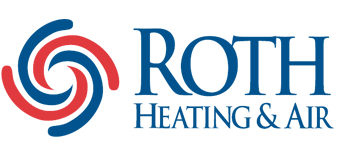
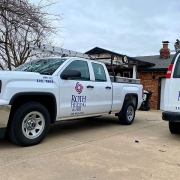 Roth Heating & Air
Roth Heating & Air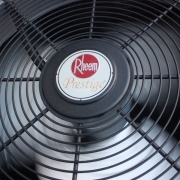 Roth Heating & Air
Roth Heating & Air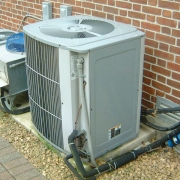 Roth Heating & Air
Roth Heating & Air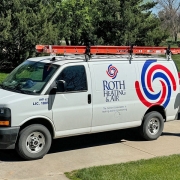 Roth Heating & Air
Roth Heating & Air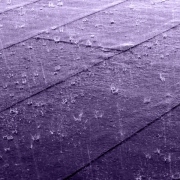 Roth Heating & Air
Roth Heating & Air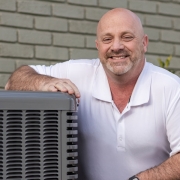 Roth Heating & Air
Roth Heating & Air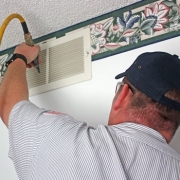
 Roth Heating & Air
Roth Heating & Air Roth Heating & Air
Roth Heating & Air Roth Heating & Air
Roth Heating & Air